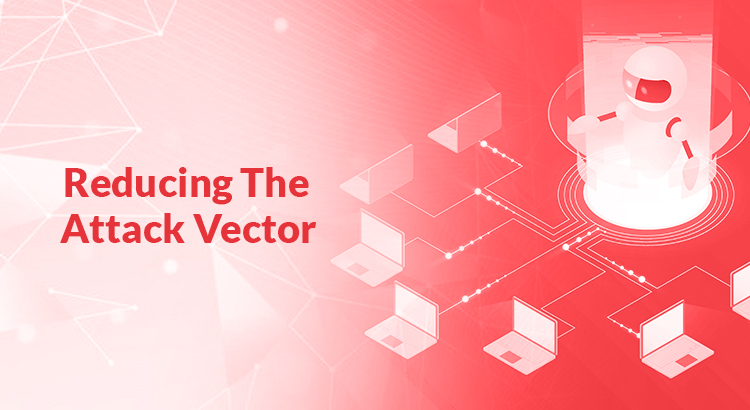Overview
“Automation” is the new-age mantra in information technology management. From large enterprises to mid-size organizations, IT infrastructure and operations teams are increasingly implementing process automations. The two major reasons behind the growing acceptance of process automation are higher IT efficiencies leading to better operational outcomes and a reduced number of man-hours spent on mundane IT tasks.
However, amid this increasing pace of automation, we are witnessing a massive explosion in the number of non-human identities that interact with systems to conduct IT tasks. Forrester expects that RPA products and services will reach $16 billion by 2023.
Now the question pops up: How safe are non-human identities? Can non-human identities be misused? Do organizations adopt enough IT security mechanisms to secure non-human identities? Because, just like human identities, non-human identities are vulnerable to bad actors as well.
And the threat vector that is created by the proliferation of non-human identities is very large, and any malicious kind of activity through a non-human identity might lead to an IT catastrophe.
For example, when the digital identities of non-human entities are misused and their credentials (user names, passwords, and certificates) are compromised due to weak access controls, attackers can misuse the data, cause IT downtime and/or disrupt services. Likewise, non-human entities with privileged-level access are at risk of insider and cyber-attacks due to the sensitive nature of information stored in digital accounts.
A Holistic Identity and Access Management Approach: Towards Identity Convergence
Organizations typically administer, control, and track human identities that access disparate applications, databases, servers, and OSes by deploying identity and access management solutions, including identity administration and governance and privileged access management solutions.
In a similar vein, controlling and administering non-human identities is equally important to building a holistic identity and access management framework. And we believe that, as the number of both human and non-human identities grows, future organizations will adopt a converged identity management platform to manage a large number of all forms of (human and non-human) identities seamlessly.
How ARCON Digital | PAM can address a growing number of non-human identity use cases and their security
It is highly imperative for organizations to manage the lifecycle of non-human identities in their IT environments. It is critical to ensure that they have the necessary systems and processes in place to control and manage the non-human identities seamlessly.
For example, developers using agile methodologies such as DevOps or leveraging microservices for a faster build process, workloads being managed on cloud containers, VMs including RPA—there are an increasing number of use cases that interact with machines, scripts, applications, and IT infrastructure processes. So, from an IT security perspective, it is crucial to manage the credentials (passwords, SSH keys, certificates, and OAuth tokens).
ARCON | Digital PAM provide the capability to generate, vault, and randomize credentials for non-human identities and broker trust between two non-human identities, along with ensuring authorization and policy enforcement (Identity Governance) for the same.
To summarize, ARCON | Digital PAM:
1. Leverages native application attributes and role-based access controls to authenticate applications and containers
2. Manages credentials/tokens used by applications, container platforms, automation tools, and other non-human identities
3. Controls human and non-human access to CI/CD consoles
4. Manages and securely pass credentials to validated containers and clusters as and when required
5. Secures credentials, certificates, APIs, tokens, secrets in digital vaults and protects and monitors both non-human and human identities with super-user level access to cloud workloads
Conclusion
In a nutshell, strong Identity and Access Management practices are the best and only choice to secure non-human identities or machine identities with the same objective that are used for human identities. These identities are increasingly falling prey to abuse by malicious insiders and third-party users. And organizations that are adopting automation techniques are highly prone to these threats. Hence, in another couple of years, protecting machine identities could be the only choice for organizations to secure their critical business assets.

